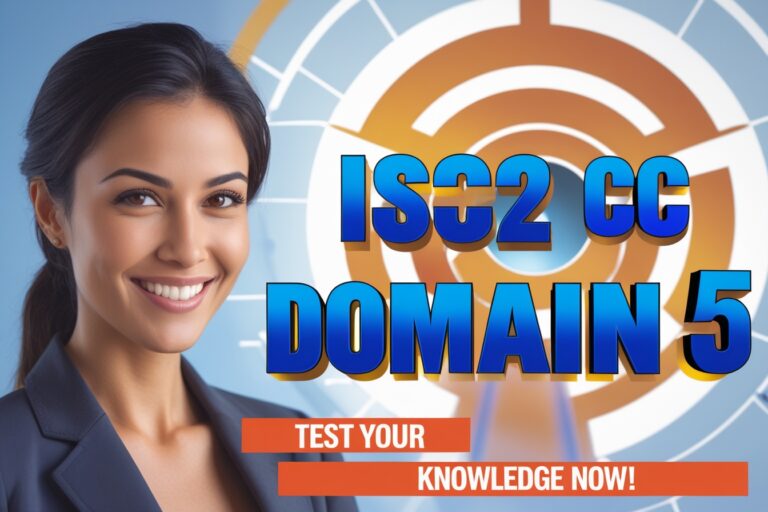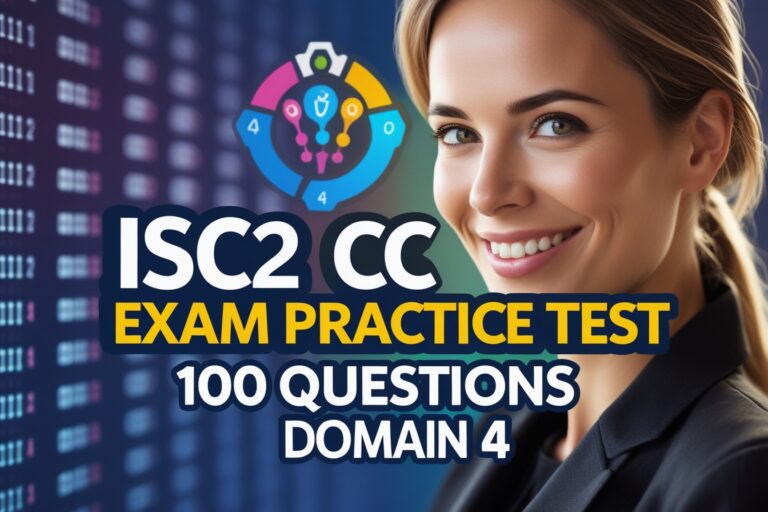1. ……………….. refers to information that is continuous.
A) Analog data
B) Digital data
C) Analog signal
D) Digital signal
2. ………………. refers to information that has discrete states.
A) Analog data
B) Digital data
C) Analog signal
D) Digital signal
3. …………… has infinitely many levels of intensity over a period of time.
A) Analog data
B) Digital data
C) Analog signal
D) Digital signal
4. ………….. can have only limited number of defined values which is often simple as 0 or 1.
A) Analog data
B) Digital data
C) Analog signal
D) Digital signal
5. A ……………….. signal completes a pattern with in a measurable time frame called a period and repeats that pattern over subsequent identical periods.
A) periodic
B) framed
C) non periodic
D) discrete
6. The …………….. of a signal is the absolute value of its highest intensity, proportional to the energy it carries.
A) phase
B) peak amplitude
C) frequency period
D) period
7. ……………….. refers to the amount of time in seconds, a signal needs to complete one cycle.
A) phase
B) peak amplitude
C) frequency
D) period
8. …………… is the position of the waveform relative to time 0.
A) phase
B) peak amplitude
C) frequency
D) period
9…………………… is the rate of change with respect to time.
A) phase
B) peak amplitude
C) frequency
D) period
10. …………….. is a characteristic of a signal traveling through a transmission medium which binds the period or the frequency of a simple sine wave to the propagation speed of the medium.
A) Period
B) Frequency
C) Web-length
D) Phase
11. ……………. is actually a combination of simple sine waves with different frequencies, amplitudes and phases.
A) Composite signal
B) Combined signal
C) Hybrid signal
D) All of the above
12. A …………. can be transmitted only a limited distance before attenuation, noise and other impairments distorts the integrity of the data.
A) Analog signal
B) Digital signal
C) Hybrid signal
D) All of the above
13. To achieve longer distances, the analog transmission system includes ………………. that boost the energy of the signal.
A) repeaters
B) amplifiers
C) routers
D) boosters
14. A ……………….. receives the digital signal, recovers the pattern of 1s and 0s and re-transmits a new signal.
A) repeater
B) amplifier
C) router
D) booster
15. State whether the following statements are True or False for digital signal.
i) Analog data are encoded using a codec to produce digital bit stream
ii) Digital data are encoded to produce a digital signal with desired properties.
A) i-True, ii-False
B) i-True, ii-True
C) i-False, ii-True
D) i-False, ii-False
16. In digital transmission, analog signal propagated through ………………..
A) repeaters
B) amplifiers
C) routers
D) boosters
17. We can compare the performance of analog transmission with that of digital transmission system based on the following factors.
i) effect of noise ii) distance to be covered iii) services provided
A) i and ii only
B) ii and iii only
C) i and iii only
D) All i, ii and iii
18. …………….. receive the signal and noise at their input separate out the signal from noise and regenerate the signal which is free from noise.
A) repeaters
B) amplifiers
C) routers
D) separators
19. Which of the following are the advantages of digital transmission.
i) Digital transmission has better noise immunity
ii) It is possible to detect and correct the errors introduced during the data transmission.
iii) Digital transmission require a larger channel bandwidth as compared to analog system.
A) i and ii only
B) ii and iii only
C) i and iii only
D) All i, ii and iii
20. State whether the following statements are True or False for digital data transmission.
i) Digital modulation needs synchronization in case of synchronization in case of synchronous modulation.
ii) TDM(Time Division Multiplexing) technique can be used to transmit many voice channels over a single common transmission channel.
A) i-True, ii-False
B) i-True, ii-True
C) i-False, ii-True
D) i-False, ii-False
Answers
1. A) Analog data
2. B) Digital data
3. C) Analog signal
4. D) Digital signal
5. A) periodic
6. B) peak amplitude
7. D) period
8. A) phase
9. C) frequency
10. C) Web-length
11. A) Composite signal
12. B) Digital signal
13. B) amplifiers
14. A) repeater
15. B) i-True, ii-True
16. A) repeaters
17. D) All i, ii and iii
18. A) repeaters
19. A) i and ii only
20. B) i-True, ii-True






